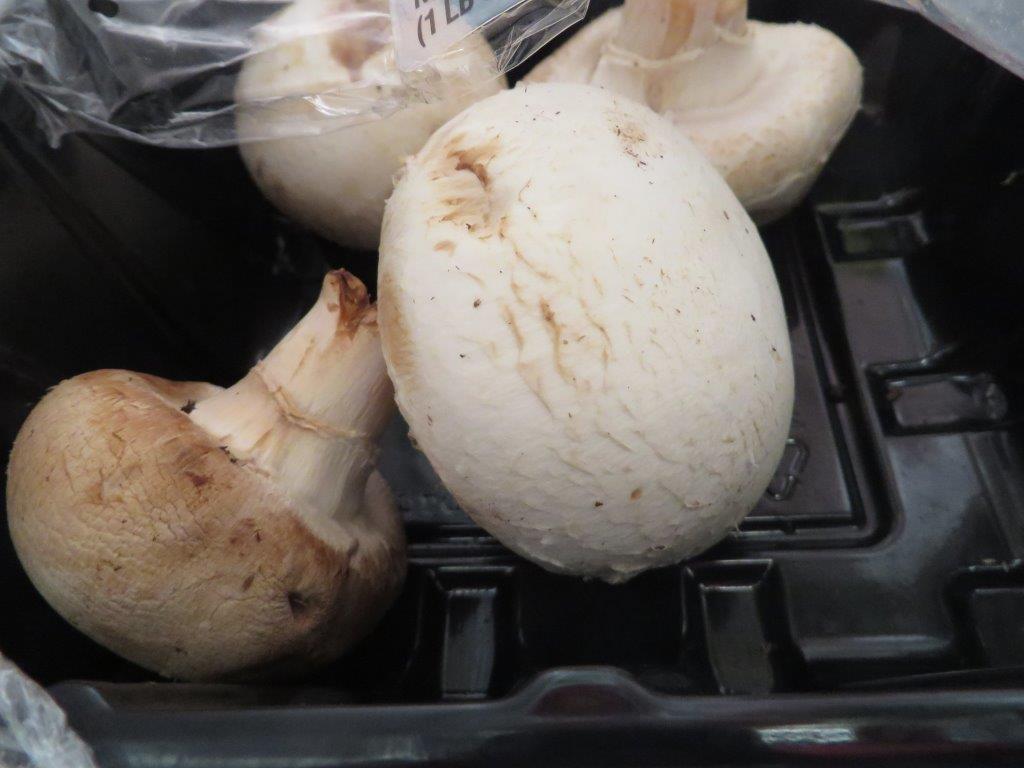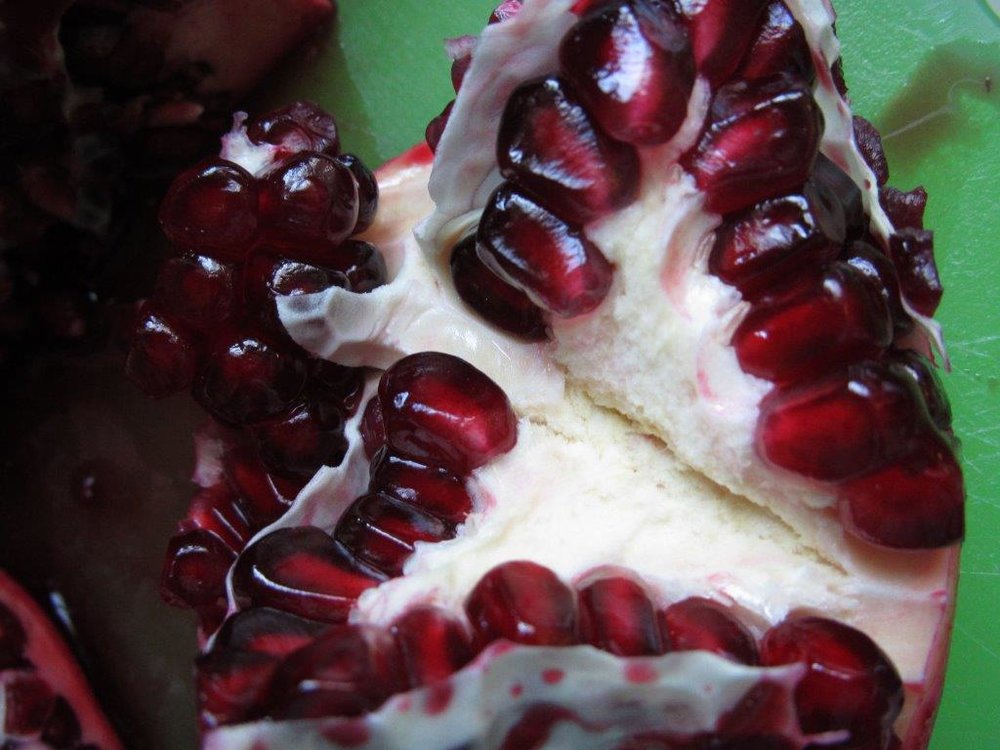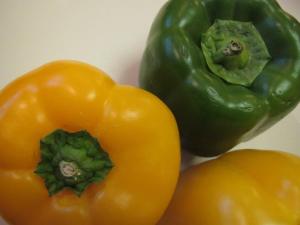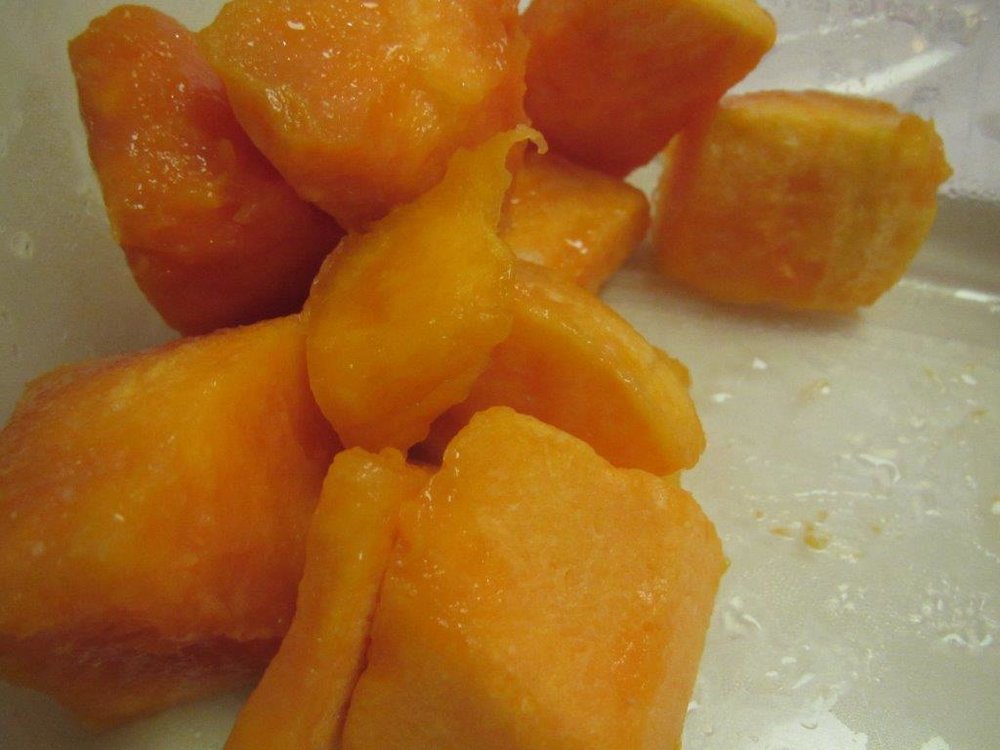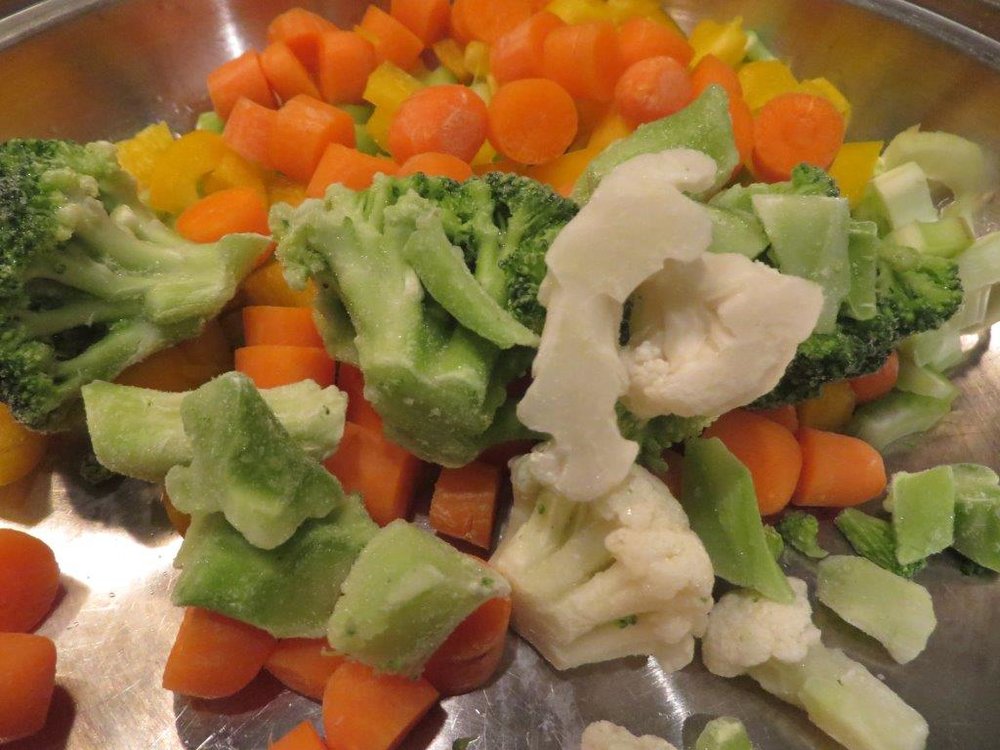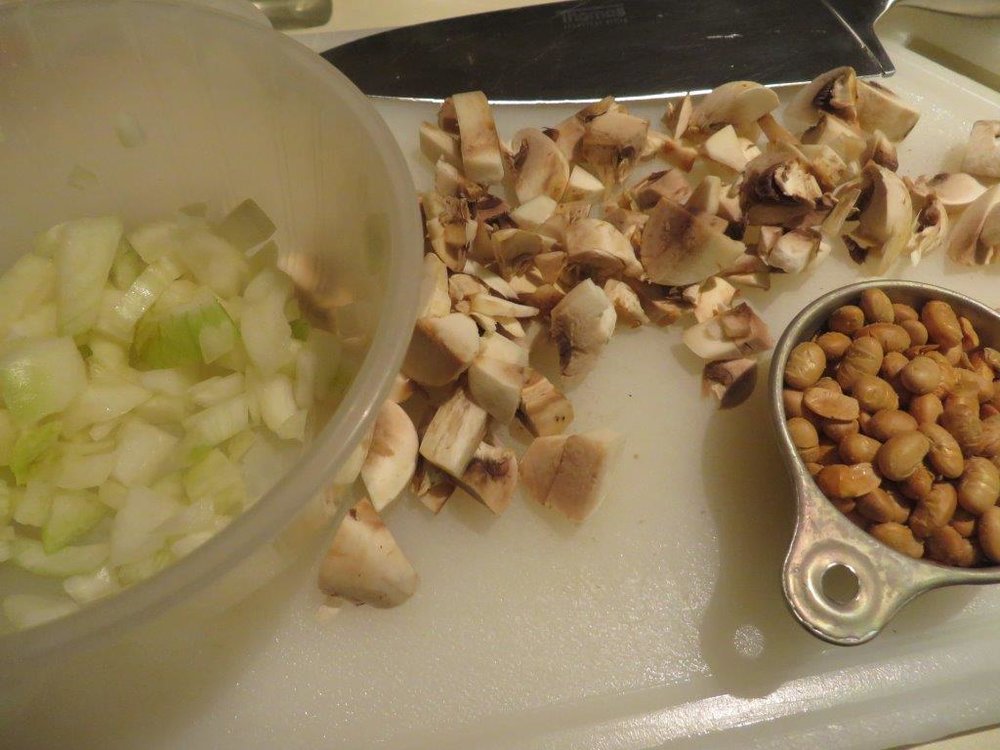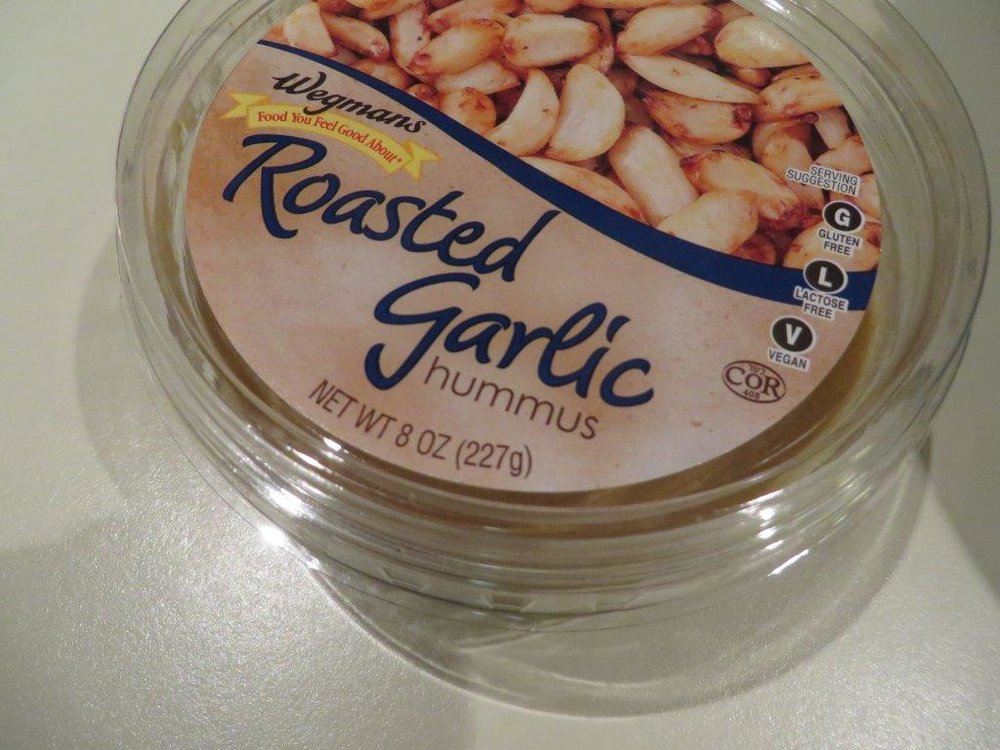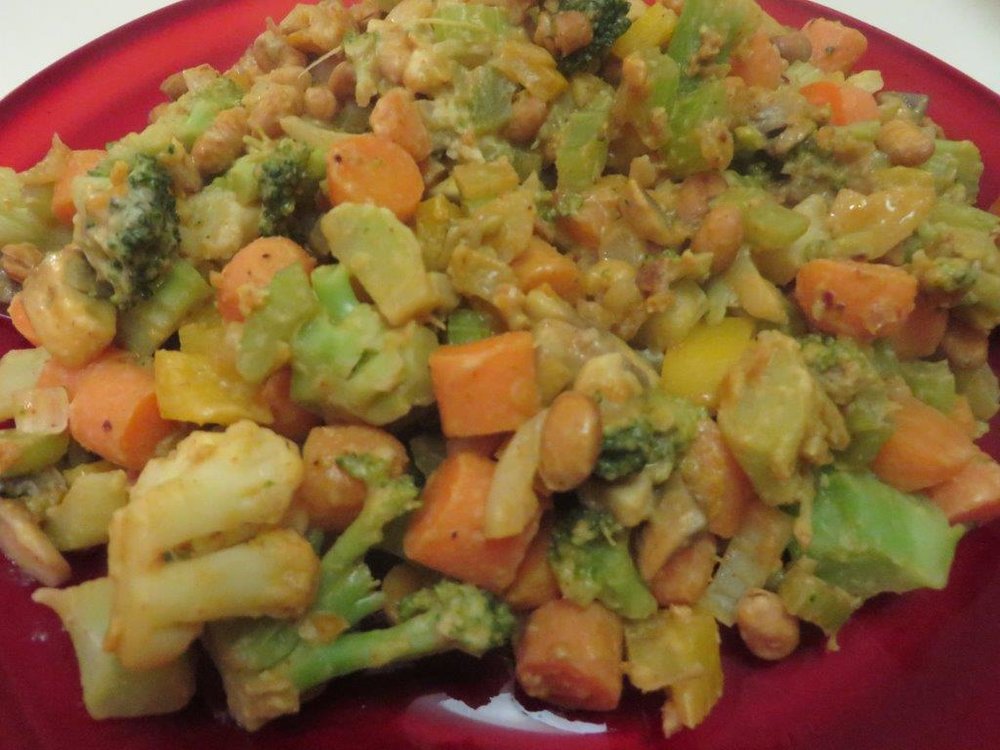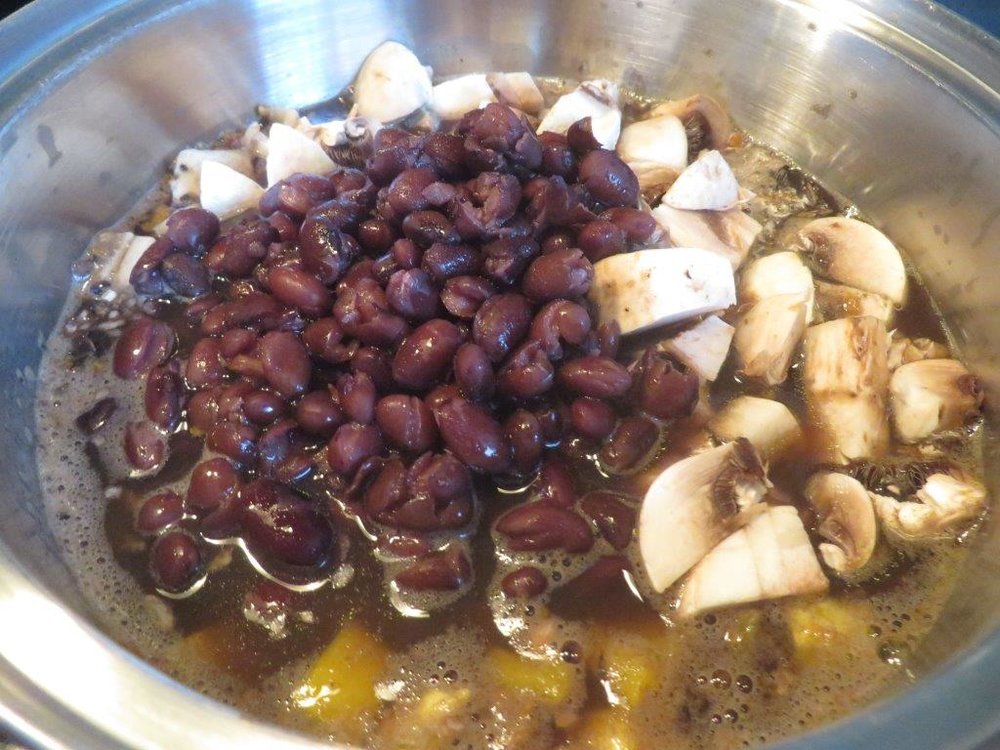Going Vegetarian
/More and more of my meals are plant based these days. I think of myself as along a path toward becoming a vegetarian. There have already been several steps along the way. Over the past few years, I’ve eliminated some things completely.

- Dairy. I discovered that I felt better when I didn’t drink milk…then gradually eliminated cheese and, last of all, yogurt when they seemed to bother me. I now read the labels on salad dressings that might contain dairy products. I do still have butter occasionally (l love the flavor on baked sweet potatoes and butternut squash) and it does not seem to bother me, probably because it is mostly fat rather than lactose. It was very easy to switch to Almond Milk as my primary source for calcium.
- Pork. Ham, pork chops, and bacon - I opted to stop eating pork because of the high salt content (ham and bacon) and the commercial farm production methods for hogs. Occasionally I want the flavor of bacon with a salad….and satisfy it with the soy based ‘bacon bits.’
- Turkey. I didn’t eat it frequently anyway. Now I don’t eat it at all.
Some things I have just cut back on.
- Beef. We are eating organic beef…and eating less of it than we did a few years ago. Eventually we’ll probably cut back more to reduce our overall carbon footprint.
- Chicken. We are eating organic chicken. Like with beef we eat less. The meat component of our meals is not the ‘main dish.’
- Eggs. My husband and I eat about a dozen eggs a month. I use them in my occasional baking (yummy butternut squash custard, for example), hard boiled eggs for salads, and scrambled eggs for breakfast.
So - since what are my favorite sources of protein these days?
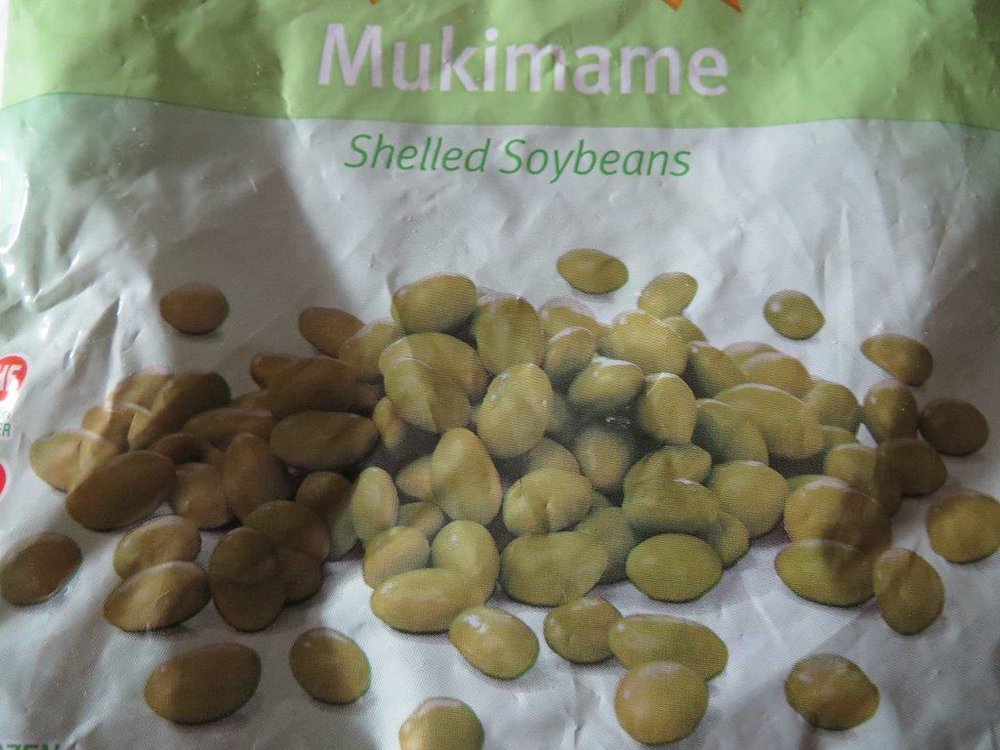
- Chickenless-nuggets. My grocery story has a great version of these that does not have too much breading. I like them cooked and cut up to top a salad….or to include in a stir fry.
- Veggie crumbles. These do best in recipes that are highly seasoned otherwise like a stir fry with lots of veggies and flavorful sauce.
- Dry roasted soybeans. They fit into meal preparation the same as peanuts do!
- Beans + grain.
- Quinoa.
- Mushrooms are one of my favorite stir fry ingredients.
At the rate I am going - I’ll probably be totally vegetarian within 5 years or less!

